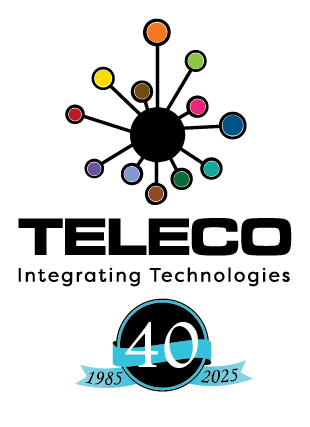
E-Mail has become a critical component of today’s business communications platform. No employee is exempt from using it, which is why it has become the most significant attack surface for cybercrime in your business. Not only do all your employees use it as a primary communication tool, but they also access e-mail through various devices. We also use e-mail to send and receive different media and information. When you send or receive an e-mail, it is also not a direct, secure send and receive as it travels between networks, servers and even countries. According to Microsoft, ” More than 333 billion
e-mails are sent and received daily worldwide – and employees get an average of 120 e-mails a day”. YIKES! This combination of your people, the devices they use and the technology behind your people
securing your network provide cybercriminals with lots of exposure and opportunity.
Phishing e-mail scams are getting more sophisticated by the day. Cybercriminals can cleverly impersonate the sender and include malicious attachments and links. They prey on our employees’ emotions to want to help or the need to do their job well by quickly transferring funds or buying gift cards for their boss. Your employees want to be helpful. Unfortunately, you are only as secure as your weakest employee. Do you know who this is and how sure are you that they wouldn’t click? Cybercriminals also spray and pray by sending massive malicious e-mails simultaneously to businesses, relying on the odds that someone
will take the bait. This “spray and pray” is an effective tactic. Common types of e-mail attacks your business is subjected to include phishing, spam and spoofing.
Phishing – This is a type of social engineering attack where an attacker sends a fraudulent e-mail to trick a person into revealing sensitive and personal information or deploys malicious software on the victims’ infrastructure, like ransomware.
E-mail Spam – You would know this as mostly junk mail, but it can include harmful links, malware or deceptive content.
Spoofing – This is when someone pretends to be someone else to gain your confidence to access your network, steal data, money or spread malware.
E-mail security can appear overwhelming, but you can start with simple changes that have significant impact. First, implement a Password Manager and enforce strong and unique login and passwords for all your accounts. Second, turn on multi-factor authentication (also referenced as MFA, 2FA) for all applicable Apps and programs that support it. Third, remote workers must ensure they use a VPN (virtual private network), especially when connected to public wi-fi. Fourth, if sending sensitive information, ensure it’s encrypted so hackers can’t read it.
Not all spam and malicious e-mails are obvious. Invest in sophisticated e-mail filters that monitor incoming and outgoing e-mails to stop these e-mails from getting to your employees. Using artificial intelligence and machine learning, every e-mail is analyzed to catch advanced threats proactively. In addition, it will also analyze historical e-mails to determine prior relations between sender and receiver to increase the likelihood of identifying user impersonation or fraudulent e-mails. Anti-phishing software can keep your business safer by significantly reducing phishing, ransomware, and malware.
Your humans are equally as important as the hardware and software you have in place! Your employees that use e-mail every day are your best defense. 95% of all successful cyber-attacks are caused by human error. Train your humans. Security is a layered approach; the human layer is the weakest link. Confident
employees empowered through training and established protocols are less likely to make mistakes that may allow a data breach. On-going training with phishing simulations strengthens the overall cybersecurity culture.
E-mail is a vital part of your business and a primary way to stay connected with your employees, customers, partners and vendors. It’s part of the modern workforce that is not going away. Protect your business by securing this communication tool from today’s sophisticated cybersecurity threats.
For more information please visit www.teleco.ca or call (807) 345-2900
